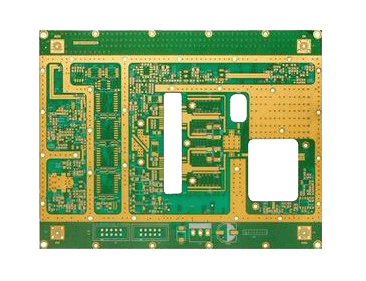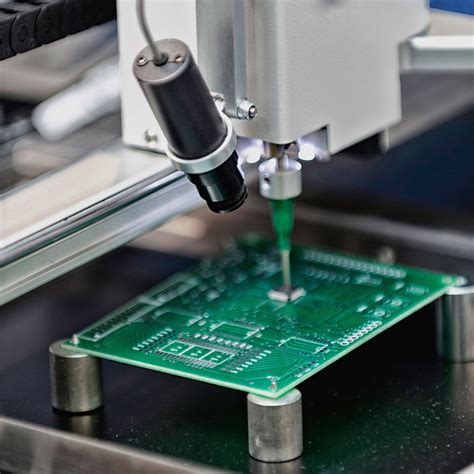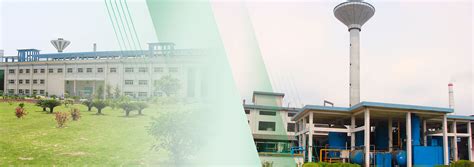Introduction to FR4 PCB Boards
Printed Circuit Boards (PCBs) are the backbone of modern electronics, providing a platform for the interconnection of various electronic components. Among the different types of PCB materials, FR4 is the most widely used due to its excellent electrical, mechanical, and thermal properties. This article delves into the characteristics, applications, manufacturing process, and advantages of FR4 PCB boards, providing a comprehensive understanding of why this material is so prevalent in the electronics industry.
What is FR4?
FR4 stands for “Flame Retardant 4,” indicating that the material is designed to resist burning. It is a composite material composed of woven fiberglass cloth with an epoxy resin binder that is flame resistant. The “FR” designation signifies that the material complies with the UL94V-0 standard for flame retardancy, which is crucial for ensuring safety in electronic applications.
Characteristics of FR4 PCB Boards
- Electrical Insulation: FR4 provides excellent electrical insulation, which is essential for preventing short circuits and ensuring the reliable operation of electronic devices.
- Mechanical Strength: The fiberglass reinforcement gives FR4 PCBs high mechanical strength, making them durable and resistant to physical stress.
- Thermal Stability: FR4 can withstand high temperatures, making it suitable for applications where heat dissipation is a concern.
- Chemical Resistance: FR4 is resistant to most chemicals, which helps in maintaining the integrity of the PCB in harsh environments.
- Dimensional Stability: FR4 maintains its shape and size under varying temperatures and humidity levels, ensuring the reliability of the PCB over time.

Applications of FR4 PCB Boards
FR4 PCBs are used in a wide range of applications due to their versatility and reliability. Some common applications include:
- Consumer Electronics: FR4 is used in smartphones, tablets, laptops, and other consumer electronics due to its excellent electrical insulation and mechanical strength.
- Automotive Electronics: The thermal stability and chemical resistance of FR4 make it suitable for use in automotive electronics, where components are exposed to high temperatures and harsh chemicals.
- Industrial Equipment: FR4 PCBs are used in industrial control systems, power supplies, and other equipment that require reliable performance under demanding conditions.
- Medical Devices: The biocompatibility and reliability of FR4 make it a preferred choice for medical devices, where safety and performance are critical.
- Aerospace and Defense: FR4 PCBs are used in aerospace and defense applications due to their ability to withstand extreme conditions and provide reliable performance.
Manufacturing Process of FR4 PCB Boards
The manufacturing process of FR4 PCB boards involves several steps, each of which is crucial for ensuring the quality and reliability of the final product. The main steps include:
- Design and Layout: The first step in manufacturing an FR4 PCB is designing the circuit layout using specialized software. This involves placing components and routing traces to ensure proper electrical connections.
- Material Selection: The appropriate grade of FR4 material is selected based on the specific requirements of the application, such as thermal performance, mechanical strength, and electrical insulation.
- Cutting and Drilling: The FR4 material is cut to the required size, and holes are drilled for component leads and vias.
- Copper Cladding: A thin layer of copper is laminated onto the FR4 substrate to create the conductive pathways for the circuit.
- Etching: The unwanted copper is removed using a chemical etching process, leaving behind the desired circuit pattern.
- Solder Mask Application: A solder mask is applied to protect the copper traces from oxidation and to prevent solder bridges during component assembly.
- Silkscreen Printing: Component labels and other markings are printed onto the PCB using a silkscreen process.
- Surface Finish: A surface finish, such as HASL (Hot Air Solder Leveling), ENIG (Electroless Nickel Immersion Gold), or OSP (Organic Solderability Preservative), is applied to protect the copper and improve solderability.
- Testing and Inspection: The finished PCB is tested for electrical continuity and inspected for defects to ensure it meets the required specifications.
- Assembly: Components are soldered onto the PCB using either through-hole or surface-mount technology (SMT), depending on the design.

Advantages of FR4 PCB Boards
- Cost-Effective: FR4 is a cost-effective material, making it an attractive option for a wide range of applications.
- Wide Availability: FR4 is readily available, which simplifies the procurement process for manufacturers.
- Ease of Manufacturing: The manufacturing process for FR4 PCBs is well-established, allowing for efficient and reliable production.
- Versatility: FR4 can be used in a variety of applications, from simple single-layer boards to complex multi-layer designs.
- Reliability: The combination of electrical insulation, mechanical strength, and thermal stability makes FR4 PCBs highly reliable.
Challenges and Considerations
While FR4 PCBs offer numerous advantages, there are some challenges and considerations to keep in mind:
- Thermal Management: Although FR4 has good thermal stability, it may not be suitable for applications with extremely high temperatures. In such cases, alternative materials with higher thermal conductivity may be required.
- Signal Integrity: For high-frequency applications, the dielectric properties of FR4 may not be sufficient to maintain signal integrity. Specialized materials with lower dielectric constants may be needed.
- Environmental Impact: The production and disposal of FR4 PCBs can have environmental implications. Manufacturers are increasingly looking for ways to reduce the environmental impact, such as using lead-free solders and recycling materials.

Future Trends in FR4 PCB Technology
As the electronics industry continues to evolve, so does the technology surrounding FR4 PCBs. Some emerging trends include:
- High-Density Interconnect (HDI) PCBs: The demand for smaller and more complex electronic devices is driving the development of HDI PCBs, which use finer traces and smaller vias to increase the density of components on the board.
- Flexible and Rigid-Flex PCBs: While FR4 is traditionally used for rigid PCBs, there is growing interest in flexible and rigid-flex PCBs that can bend and conform to different shapes. This is particularly useful in wearable electronics and compact devices.
- Advanced Surface Finishes: New surface finishes are being developed to improve the performance and reliability of FR4 PCBs, particularly in harsh environments.
- Sustainability: There is a growing focus on making FR4 PCBs more environmentally friendly, from the use of recyclable materials to the development of more sustainable manufacturing processes.
Conclusion
FR4 PCB boards are a cornerstone of modern electronics, offering a balance of electrical, mechanical, and thermal properties that make them suitable for a wide range of applications. Their cost-effectiveness, availability, and ease of manufacturing have cemented their position as the material of choice for many electronic devices. As technology continues to advance, FR4 PCBs will likely evolve to meet the demands of new and emerging applications, ensuring their continued relevance in the electronics industry. Understanding the characteristics, applications, and manufacturing process of FR4 PCBs is essential for anyone involved in the design and production of electronic devices.






